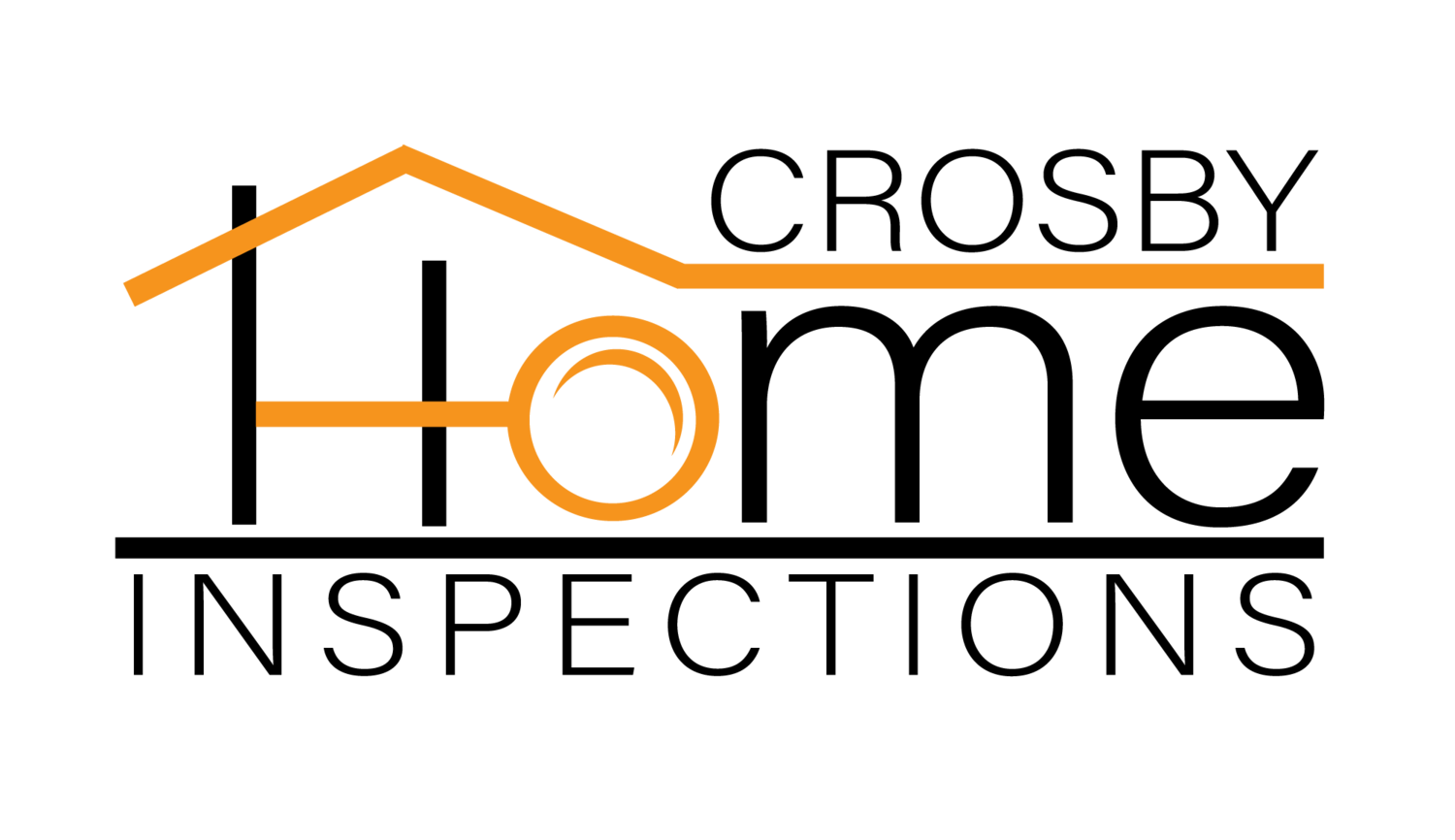What We Inspect During a Home Inspection
We will conduct a thorough inspection of your home inside and out. As ASHI Certified Inspectors, with the prior experience of being in home construction, we have the knowledge and expertise to provide you with a thorough, professional, non-intrusive independent visual inspection of your home or building from roof to foundation.
Outside the home or building, the inspector will check the exterior walls, roof, deck, foundation, retaining walls, and drainage. Then the inspector will move inside to examine the walls, ceilings, floors, doors, and windows. The heating, air conditioning, plumbing, and electrical systems will all be examined to ensure that they function as intended. Bathrooms, kitchens, and laundry rooms receive a thorough check, along with the attic and basement and/or crawl space.
Some of the many items we will be looking at during your home inspection
For more details on what is covered on a residential inspection, please view the ASHI Standards of Practice
You are welcome to attend the inspection and you are free to ask questions at any time during your inspection. For more information on inspections, please browse the rest of our web site.
Foundation and support structure to ensure structural integrity
Fireplaces (Flue will be looked at from the top and bottom when accessible)
Roof systems
Foundation (basement slab and crawl space)
Safety controls
Water heater
Ventilation
Electrical capacity & components
Sump pumps
Heating systems
Smoke alarms and carbon monoxide detector
Exterior cladding, flashing and trim
Exterior caulking
Windows & doors
Garage door opener
Insulation
Steps and stairs
Ceilings and walls
Finished floors
Gutters & downspouts
Decks, patios and porches
Sidewalk and Driveway
Central air conditioning system
Water softener
Refrigerator
Stove top, ovens and range hood
Microwave
Dishwasher
Plumbing system & fixtures
Bathroom exhaust fans
Ceiling fans
Attic fan
Grading and vegetation
What is radon?
Radon is odorless, tasteless and invisible and symptoms do not arise when a person has been exposed to radon. In the air, radon is unstable and breaks down into other products. We inhale and exhale radon gas but radon decay particles stay in the lungs. Over time, these particles can cause damage to cells, which can mutate and cause lung cancer.
If radon is in your home at high concentration levels — brought in through the natural vacuum between the soil and the foundation of your home — it becomes a Class A carcinogen, a risk for lung cancer similar to cigarette smoking.
What is involved in a septic inspection?
A septic inspection is a requirement of insurers or banks before transferring a property to a new owner. In some cases, when the system is not working properly, there is a need for an inspection to locate the issues before they cause greater damage.
A standard septic inspection includes:
Locating the septic tank.
Removing the covers.
Inspecting the inlet, outlet baffle, also the partition wall.
Inspecting the operational level of sewage.
Locating the chamber of the pump (if required), CK pump, alarm operation, and float.
Digging test holes in the septic bed area for:
Determining the below-grade effluent level of sewage.
Inspecting the trenches’ condition.
Providing a documented on-site inspection report
Who should perform a septic system inspection?
A professional contractor performs a septic inspection, and he can also do both the tasks, i.e., pump the tank and inspecting the whole septic system. When you are buying a new home or selling your current home, you must hire an expert to do it so you can be confident about the well-being of the septic system.
What is involved in a well inspection?
During a well inspection, we test the water and thoroughly evaluate all parts of the septic and well system. Once an inspection is complete, we provide a certified letter of inspection that property owners can provide to potential buyers, financing institutions and code enforcement agencies who issue certificates of occupancy.
What is a wood destroying insect (WDI) report?
A Wood Destroying Insect Inspection Report, commonly abbreviated as WDI or WDIR, is a report that details findings from a thorough visual inspection of a home by a certified pest control company.
The inspection specifically looks for signs of wood-destroying insects, especially termites, and provides professional recommendations for treatment. The standard report uses form NPMA-33 from the National Pest Management Association.
A WDIR is important because you want to know the exact condition of the home that you are investing in. Getting a WDI inspection done before buying or selling a home can save thousands of dollars in potential structural damage caused by termites and other insects. In some cases, a WDI report may also be required to obtain a mortgage from the bank.


